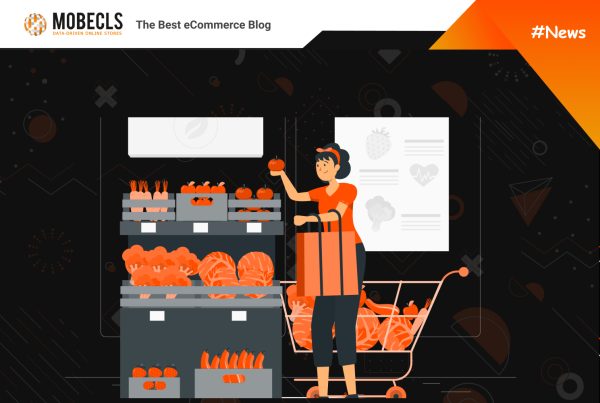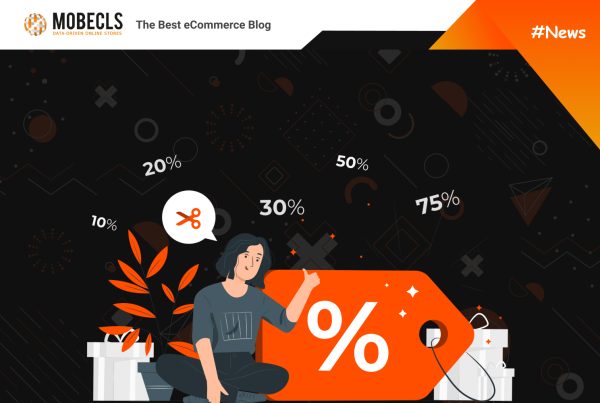Content marketing has arguably become the biggest buzzword in the marketing industry today. Every online expert claims that the secret of online success is content marketing.
However, like most grassroots groups, what works for one business may not necessarily work for another. Content marketing campaigns are also branches of the industry.
eCommerce Content Marketing Specifics
It is the process of creating and distributing digital materials on the Internet for the direct or mass promotion of brands, products, or services. But this definition is very broad. To Have successful access to content marketing as an eCommerce website, you need to use an eCommerce-focused approach.
Your content strategy will not be the same as a B2B SaaS company or local B2C retailer without an online presence.
We’ve seen countless eCommerce sites get so caught up in their distribution that they actually lose sight of what drives their business. Instead of finding a content-strategy version of a competitor (which may or may not have a good approach), you should focus on market trading.
Whatever you call should drive a conversion. This is the best way to survive in an online store.
We want to clear up all your misconceptions about content marketing and how it works. We are for a simple content marketing approach that is specifically designed for online stores.
How to Create an eCommerce Content Marketing Strategy
Before starting the blog or uploading videos to YouTube, you need to have a clear plan for your content strategy. Remember that everything you do should ultimately lead to conversions.
We have simplified the planning process into three easy steps. It is very important that you follow them in order.
Step #1: Define Your Target Audience
This may seem simple, but you’d be surprised how many people don’t know the answer to this question. Take a moment to see if you really know your target audience.
Here’s the thing: your target audience needs to be crystal clear before every content marketing campaign. Otherwise, it will not have a high success rate and will not result in a conversion.
To build eCommerce website content that is personalized to consumer demands, you must first understand who your buyer is. By creating a persona or fictionalized portrayal of a customer or purchasers based on actual data and marketing insights, you can generate content geared at them, tweaking it depending on where you place it in the sales funnel and where you are in the buyer’s journey. Among the things you should know about your buyer persona are:
- Gender, age, locality, and other concrete identifying characteristics are examples of demographics.
- Personality: Whether they are lethargic, very productive, skeptical, optimistic, or have other characteristics, their buying habit will be influenced by their personality profile.
- Are they visiting your e-commerce site to discover more about your items and industry? Are they ready to buy or simply looking? Understanding client motivation helps you to tailor your material properly.
- Pain points: What frustrates your customers? If you know this, you can offer a solution to their pain points.
- Preferred content channels: Knowing your customers’ preferred sites, social media channels, and apps can tell you how best to reach them. Are they young and Snapchat-oriented, baby boomers who have recently embraced Facebook, or something else?
Step #2: Learn Their Online Habits
Remember that content marketing is all about spreading digital touchpoints on the web. That’s why it’s so important to figure out who your audience is.
You need to know where these people live online, otherwise, you won’t know how and where to distribute the right content. You should figure out how your audience loves to consume information by looking at internal data or investigating industry trends in order to approach them in the same way with your eCommerce website content.
You should answer the following questions:
- What is the most popular social media outlet among my target demographic?
- Is there a particular sort of material that they like (for example, video, long-form text, whitepaper)?
- Is it more common for my target demographic to make purchases on their phone?
- How much time is my target audience ready to devote to content review?
Step #3: Create and Distribute Content
Once you figure out which platforms are the best places to distribute content to your previously defined target audience, you can now start creating content.
If you start creating content before you go through the first two steps, this is a big mistake. You can waste your time creating content that people won’t see or use. To develop an efficient ecommerce content strategy, you must do preliminary research. For example, you may do an SEO competitive study to see what chances exist to develop content for new search keywords by looking at how rivals’ domain names fare in search results and keyword gaps.
A keyword gap analysis allows you to analyze up to five rival sites and identify any keywords for which your site may not be ranking. You’ll also see how competitive the sector is for the keywords you’re missing, which will assist you in prioritizing the low-hanging fruit with your new material.
Ways to develop ideas for content include:
- Brainstorming: Collaborate with a small group of individuals who are involved in the process and make significant contributions.
- Examining the material produced by prominent brands: Use a service like Google Alerts to receive notifications when your business is mentioned online, keeping you up to date on popular material.
- Out-of-the-box thinking: If you have a concept that appears stale because it has been done so many times, some good lateral thinking may be able to help you find a new viewpoint. A home renovation piece about winterizing your garden for the season, for example, may be changed into one about growing plants indoors to create the ideal ambiance for a winter staycation when travel is tough.
Need Help to Create a Solid eCommerce Strategy to Make Sales and Drive Traffic?




